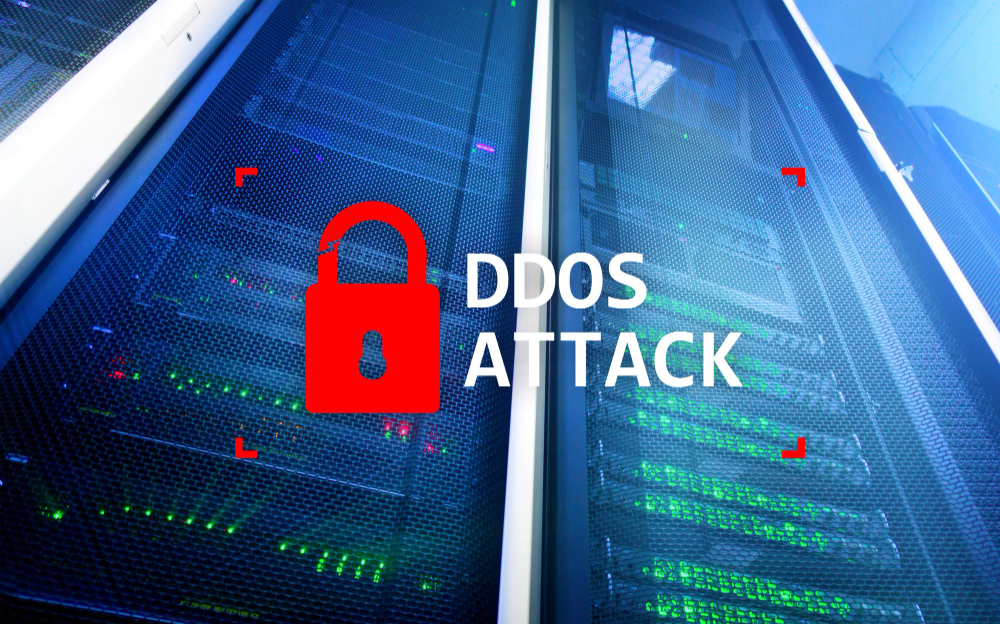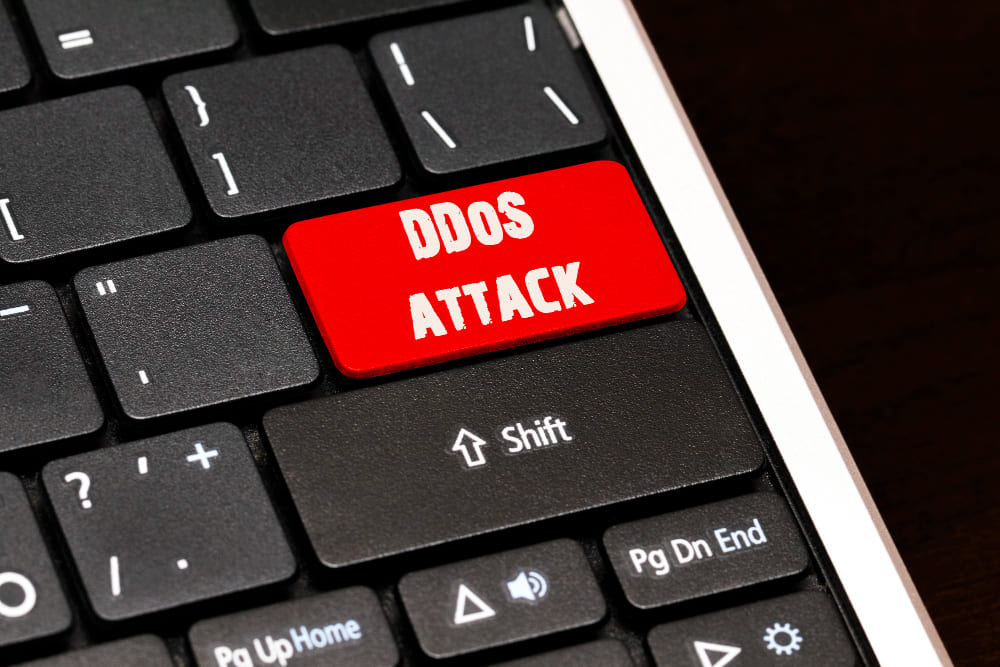Triple extortion ransomware represents a new era in cyberattacks; a single ransom demand or one ransomware tactic is no longer enough for attackers.
After discussing double extortion ransomware yesterday, this new method adds a third layer involving threats to external parties. How does this triple threat impact your business’s security?
Read on to learn more about triple extortion ransomware, including how it works and what steps you can take to prevent it.
What is Triple Extortion Ransomware?

Triple extortion ransomware is an advanced ransomware attack where attackers go beyond just encrypting data.
In addition to demanding a ransom for decryption, like in double extortion ransomware, the threat actors add a third layer by launching DDoS attacks or threatening third parties to apply extra pressure. on the victim.
This method creates new challenges. While a double extortion ransomware attack includes the threat of leaking sensitive data, triple extortion intensifies the situation by adding further risks.
How Does a Triple Extortion Ransomware Work?

In simple words, triple extortion ransomware works by adding a third layer of attack beyond traditional and double extortion methods to add pressure.
Here’s the simplified step-by-step:
- Initially, the attacker deploys a ransomware attack to encrypt data.
- Once the data is finally encrypted, the attacker demands payment from the victim in return for the decryption key and to prevent the leak of sensitive data—a tactic seen in double extortion.
- Then, they add the pressure with additional harm, often through a DDoS attack or direct blackmail. Oftentimes, the threat involves the related third parties as well.
This method started as cybercriminals found new ways to increase pressure on victims to pay the ransom.
Exploring the Use Cases of Triple Extortion

A Sophos report on The State of Ransomware in 2023 stated that ransomware affected 66% of organizations. However, when traced back, ransomware incidents go beyond what meets the eye, with triple extortion attacks in the mix.
Here are some prime examples of the cases:
The REvil Ransomware Group
In 2020, REvil conducted a triple extortion attack on the law firm Grubman Shire Meiselas & Sacks, representing celebrities like Madonna and Lady Gaga.
They encrypted the firm’s files, stole sensitive information, and threatened to leak it. Additionally, they threatened the firm’s celebrity clients, putting additional pressure on the ransom, which was set at $42 million.
The Conti Ransomware Group
In 2021, the Conti Ransomware Group conducted a triple extortion attack on Ireland’s Health Service Executive (HSE).
This ransomware gang encrypted critical healthcare systems, disrupting services, stealing sensitive patient and staff data, and threatening to leak it. On top of that, Conti threatened to release patients’ personal health information, adding pressure on the government.
Despite the ransomware threat, the Irish government refused to pay, and Conti eventually leaked portions of the stolen data on the dark web.
Cl0p Ransomware Group
This group launched its 2021 attack on Accellion, a company providing secure file transfer services, and its clients, which included major organizations like Jones Day (a law firm), Shell, and Qualys.
This attack involves exploiting a vulnerability in Accellion’s File Transfer Appliance (FTA) software, targeting clients who use it to transfer sensitive files. The attackers then stole data from the clients and threatened to leak it if the ransom asked wasn’t paid.
To spice things up, Cl0p directly contacted clients’ business partners or customers, informing them of the stolen data and adding pressure with a data leak threat if there was no ransom payment.
Risks and Impacts to Businesses from Triple Extortion Ransomware

This multifaceted attack method poses severe risks and impacts to businesses, extending beyond the immediate victim to their wider network. Here are some of the risks and impacts to note:
- Operational disruption
- Financial losses
- Reputational damage
- Legal and regulatory consequences
- Loss of sensitive data
- Increased recovery costs
- Third-party liability
- Client and partner trust erosion
- Long-term business relationship damage
- Potential loss of business or contracts
How to Prevent Triple Extortion Ransomware Attacks

Here are effective best practices to help prevent triple extortion ransomware attacks:
- Regular Data Backups: Frequently back up critical data to secure, offsite locations. This ensures quick recovery without needing to pay ransom, even if files are encrypted.
- Strengthen Network Security: Use firewalls and intrusion detection systems, and segment your network to reduce entry points for attackers and limit the spread of malware.
- System Updates and Patching: Regularly update and patch software and systems to eliminate vulnerabilities that hackers can exploit.
- Employee Training on Phishing: Train employees to recognize phishing emails and follow safe online practices, as many ransomware attacks start with phishing.
- Multi-Factor Authentication (MFA): Implement MFA for critical systems, adding a security layer to prevent unauthorized access.
- Data Encryption: Encrypt sensitive data to render it useless to attackers, reducing the risk of extortion through data exposure.
- Incident Response Plan: Build an incident response plan to handle ransomware attacks, including containment, data recovery, and communication protocols.
- Third-Party Risk Management: Assess the security of vendors and partners to minimize risks from supply chain vulnerabilities.
- Zero Trust Security Model: Adopt a “zero trust” security model that continuously verifies users’ and devices’ access and permissions.
Frequently Asked Questions
What is the difference between double extortion and triple extortion?
Double extortion involves encrypting data and threatening to leak it. Triple extortion adds a third layer by pressuring third parties, such as customers or partners.
What is an example of a triple threat?
A triple threat attack is one that encrypts data, threatens to leak it, and targets third parties like clients or partners for additional ransom.
Who is considered a triple threat?
The one considered the triple threat is the ransomware group launching the triple extortion ransomware attack.
Conclusion
Triple extortion ransomware is a growing threat that combines data encryption, theft, and third-party pressure, making it more damaging than traditional ransomware attacks.
To protect your business and avoid data loss, implement extra cybersecurity measures, including regular backups, employee training, and strong network defenses.
For expert guidance on preventing ransomware attacks, reach out to Fluxgate—we’re here to help safeguard your business against evolving cyber threats.
